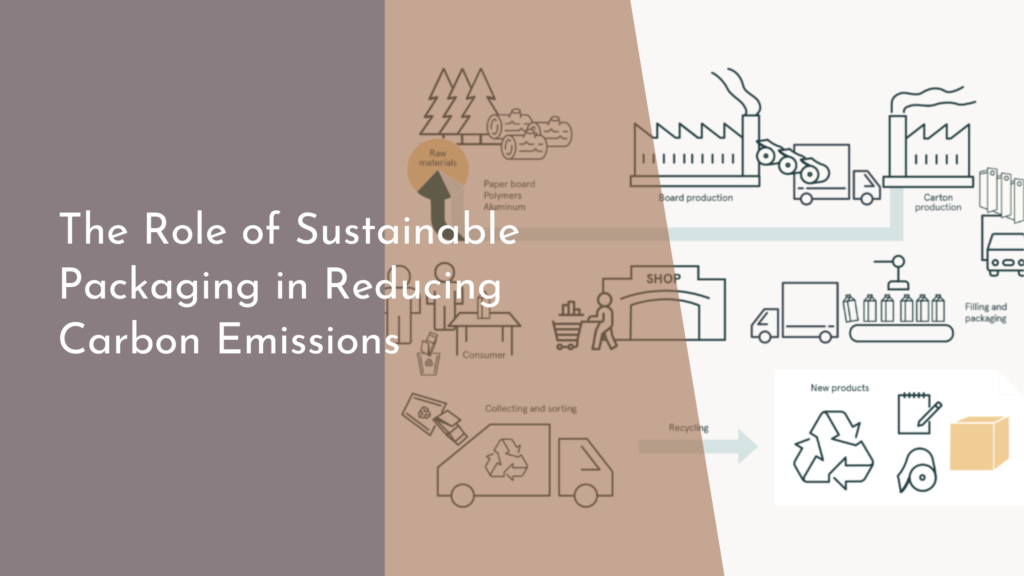Vertical Integration in Alternative Fuel Supply Chains
As the world shifts towards sustainable energy solutions, alternative fuels have emerged as a key player in reducing carbon emissions and promoting environmental responsibility. Central to the effectiveness of this transition is the concept of vertical integration in alternative fuel supply chains. This approach not only streamlines operations but also fosters innovation and enhances overall efficiency. In this article, we will explore the intricacies of vertical integration in alternative fuel supply chains, its numerous benefits, inspiring success stories, and the future trends that are shaping this dynamic industry.
Understanding Vertical Integration in Alternative Fuels
Vertical integration refers to the consolidation of various stages of production and distribution within a single company, allowing for greater control over the supply chain. In the context of alternative fuels, this can encompass everything from raw material sourcing, processing, and distribution to the end-user delivery. By integrating these stages, companies can minimize dependence on external partners, reduce costs, and bolster their market position. As alternative fuel sources, such as biofuels, hydrogen, and electric charging infrastructure, evolve, businesses are recognizing the need to streamline their operations to ensure quality and consistency.
Understanding this concept also involves recognizing the unique challenges that alternative fuel supply chains face. Unlike traditional fuels, alternative fuels often require specialized equipment, regulatory compliance, and technology investments. Companies that adopt vertical integration can better navigate these complexities by controlling the entire production process and ensuring that each phase aligns with their sustainability goals. This holistic approach not only improves operational efficiency but also enhances a company’s ability to innovate and respond to market demands swiftly.
The Benefits of a Unified Supply Chain Approach
A unified supply chain approach within vertical integration offers several compelling benefits. First and foremost, it enhances operational efficiency by reducing delays and redundancies throughout the process. When a company controls multiple stages of the supply chain, it can streamline communication and coordination, minimizing bottlenecks and accelerating time-to-market for alternative fuels. This agility is essential in today’s fast-paced energy landscape, where demand for clean energy solutions is growing rapidly.
Moreover, vertical integration can lead to significant cost savings over time. By eliminating intermediaries and optimizing resource allocation, companies can reduce operational expenses and improve profit margins. This financial benefit enables organizations to invest more in research and development, driving further innovation in alternative fuels. In an era where sustainability is paramount, companies that adopt a unified supply chain strategy can position themselves as industry leaders while contributing positively to environmental goals.
Success Stories: Vertical Integration in Action
Several companies have successfully implemented vertical integration strategies within their alternative fuel supply chains, showcasing the potential of this approach. For instance, Tesla has not only focused on manufacturing electric vehicles but has also established a robust charging infrastructure, including Superchargers and solar energy solutions. By controlling both the production of electric vehicles and the energy supply chain, Tesla has created a seamless experience for consumers and ensured a consistent commitment to sustainability.
Another compelling example is Biofuels Inc., which has embraced vertical integration by owning the entire process from feedstock cultivation to biodiesel production and distribution. By controlling every aspect of their operations, they can guarantee product quality, streamline costs, and quickly respond to market changes. This success story highlights the vital role vertical integration plays in building resilient supply chains in the alternative fuel sector, proving that a cohesive strategy can drive both economic and environmental benefits.
Future Trends in Alternative Fuel Supply Chains
Looking ahead, several trends are set to shape the future of vertical integration in alternative fuel supply chains. One notable trend is the increasing collaboration between technology companies and energy providers. As advancements in artificial intelligence, blockchain, and IoT continue to emerge, these technologies enable companies to optimize their supply chains, enhance transparency, and ensure traceability in alternative fuel production processes. This integration of technology will further streamline operations and promote sustainability.
Another trend that is gaining momentum is the focus on circular economy principles within alternative fuel supply chains. Companies are increasingly adopting practices that minimize waste, recycle materials, and repurpose by-products from fuel production. Vertical integration facilitates this shift, as businesses can better manage their resources and embrace sustainable practices throughout the supply chain. As the demand for alternative fuels escalates, we can expect more innovative approaches to emerge, solidifying vertical integration as a pivotal strategy in the quest for a cleaner energy future.
Vertical integration in alternative fuel supply chains represents a promising pathway towards sustainable energy solutions. By unifying various stages of production and distribution, companies can enhance operational efficiency, reduce costs, and foster innovation. With inspiring success stories and emerging trends that prioritize technology and sustainability, the future of alternative fuels looks bright. As businesses continue to embrace vertical integration, we can anticipate a transformative impact on the energy landscape, contributing to a greener and more sustainable world for generations to come.


